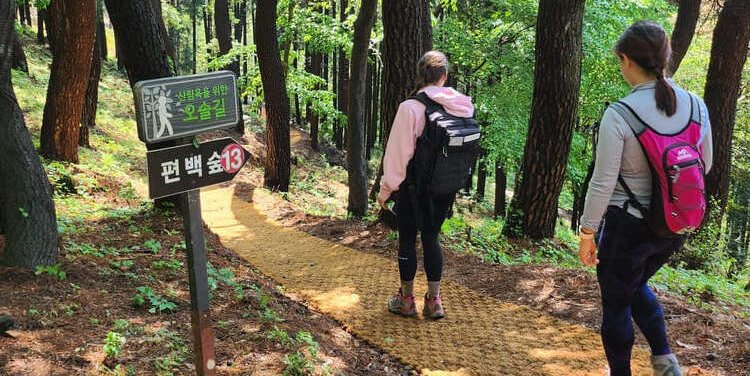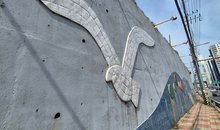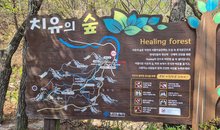Ahopsan Forest (아홉산숲) has been lovingly preserved by the Nampyeong Moon Clan for nearly 400 years. Throughout the centuries, this Forest has stood firm and closed against Japanese occupation, liberation, and even the Korean War. It wasn't until 2016 that the public was allowed to explore its serene paths. Today, visitor numbers are carefully limited each hour to ensure the forest remains a tranquil and timeless getaway for everyone who comes to enjoy its beauty.
The forest is about a 30-minute car ride from Haeundae, or by public transport, a 45-minute or so bus ride from Nopo Station. The weather was clearing up from the torrential rain storm the night before, so we were looking forward to the cooler temperatures. We reached the parking lot around 9:30 am, and it was fairly empty. Although navigation may point you to going closer to the entrance, there is no public parking up the hill, so if taking a car, you’ll want to park in the gravel lot.
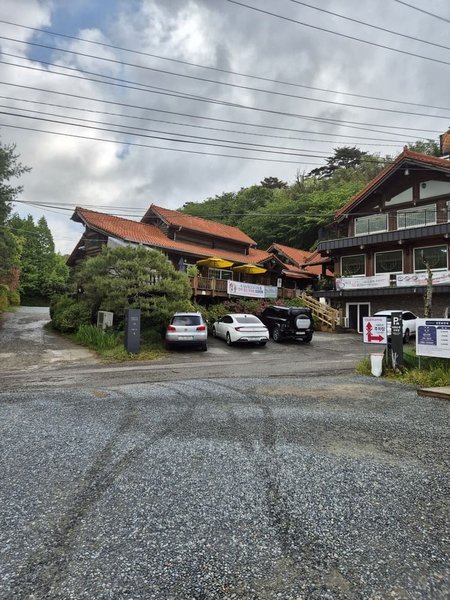
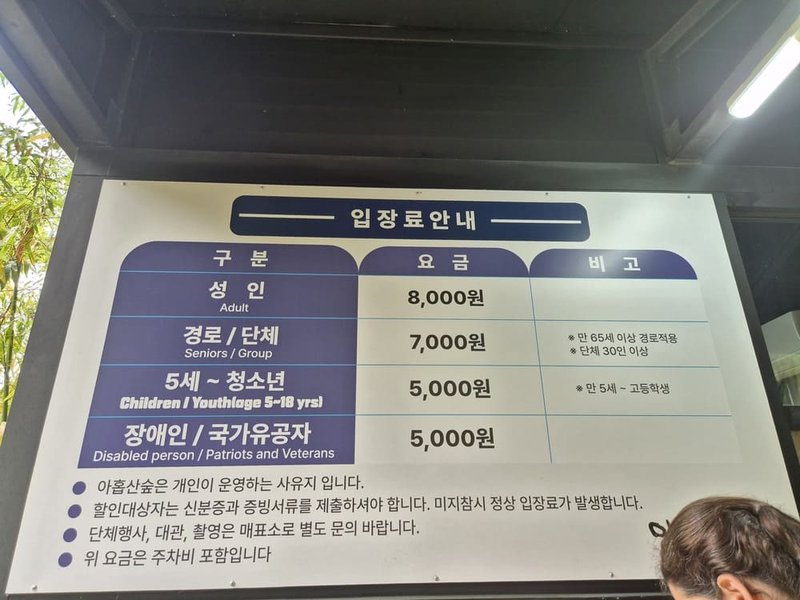
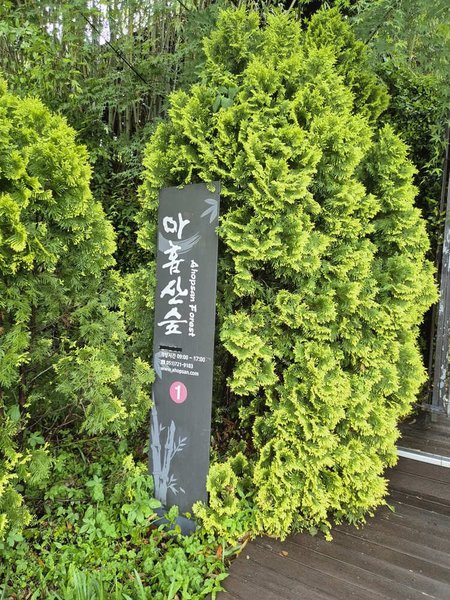
After parking in the lot, we continued up the slope to the actual entry to the forest. This is marked by a fairly large rock, with a bamboo fence that is locked when the forest is closed to the public. At the time of our visit, there were bamboo souvenirs and mushrooms for sale near the front, leading to the ticket booth. Once we bought the tickets, we were each given a guide map for the forest, and we opted for maps in both English and Korean. A very gentle reminder was posted to protect the forest and each tree and blade of grass, and the rules printed in the guidebook also emphasized the importance of conservation.
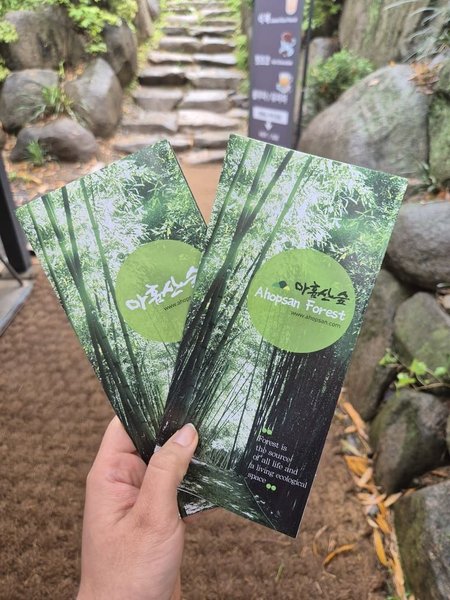

Although this forest is most known for the bamboo grove, there are plenty of other flora and fauna to see as you take the 900-meter walk to the Bamboo Forest/Shamanistic Ritual Site. I was immediately captivated by the strange bird noises that surrounded us, since it has been a while since I’ve heard anything other than pigeon coos and sparrow squeaks. Our closest guess to the birds were owls and woodpeckers, although I wasn’t able to see any in person.
There are signs galore, and there were two paths available to the Bamboo Grove (대나무숲), a gentle road, and a sloping road. We opted to take the gentle road up to see more of the view. I was pleasantly surprised with the coolness of the forest, although it was a bit humid due to the rain. The tree coverage was immense, and the shade made for a pleasant walk. Sidenote: as an accident-prone person, the mats on the ground covering the dirt made for a slippery walk-up.

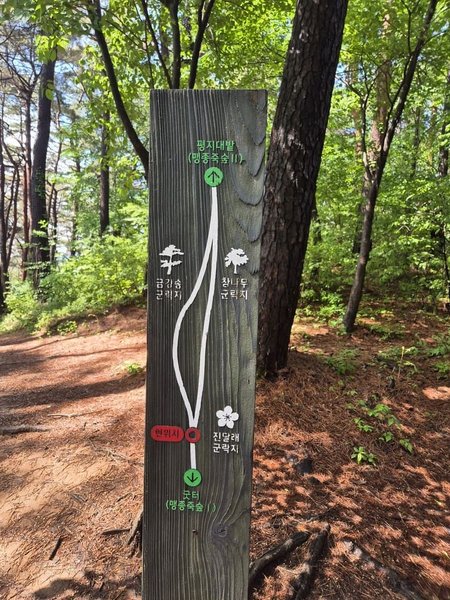
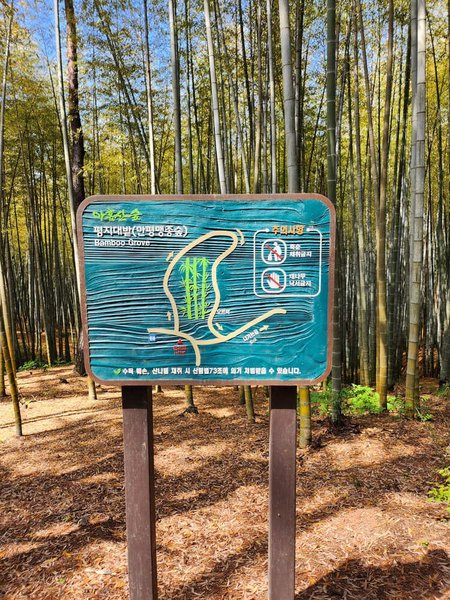
We walked by the Geumgang Pine Habitat (금강송군락), which is home to hundreds of pine trees, with some being older than 400 years. These trees were protected even during Japanese colonialism, and 116 of them are listed as “protected species.”
Finally, we reached the great bamboo grove, most famous for being a filming location for several famous Korean movies and dramas. The bamboo here was brought over from China around 100 years ago, and the site itself served as a shamanistic ritual site for even longer than that. Here, you will find plenty of signs instructing you not to go past certain areas (we came during the bamboo shoot protection period), as well as signs warning you against writing or marking the bamboo plants (in several languages). Also present are signs that show stills from the various movies and dramas filmed here, and a sign explaining commonly asked questions about the bamboo plant in general.

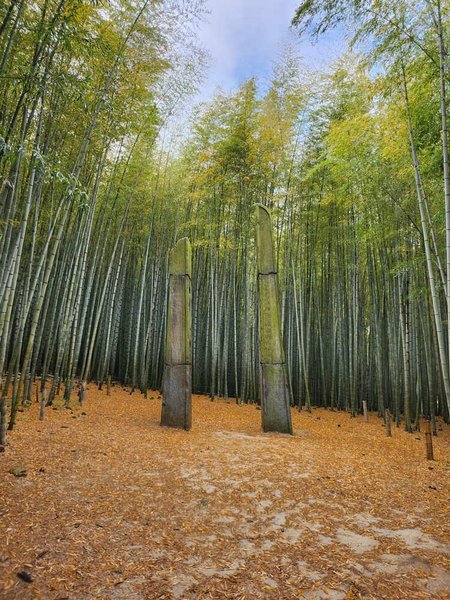
This grove is also home to two massively tall stone monoliths, most famously seen in the popular 2020 Korean drama, The King: Eternal Monarch, starring Lee Minho.
After exploring more of the forest, we came up to the Traditional Prayer Site, a small wooden shack that held a banner explaining how to control oneself via actions and thoughts, and curiously enough, eight 1000 won bills held down by various stones from the area. The family cemetery of the Nampyeong Moon clan can also be found around here.
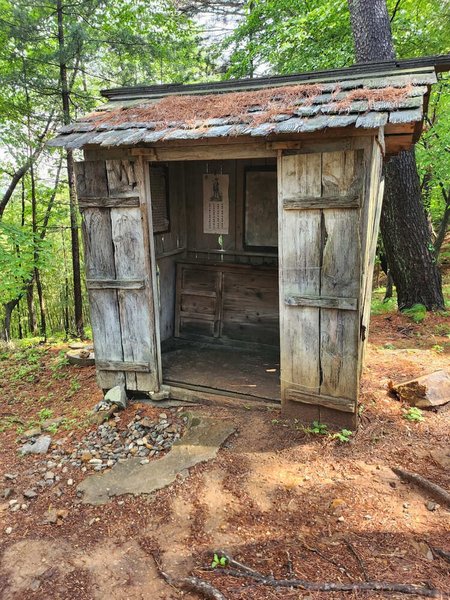

We passed through more pine and oak tree habitats, before coming to an extremely tall wall made out of cut bamboo. After having Mark peek in to see what he could see, he concluded that it was just a gate that had a caravan behind it.
Finally, we made it back to the beginning, and looked at the Gwanmiheon, a hanok that was built without any nails, and just using the trees from the forest. The house is still home to those who own the mountain, and in the yard stands a 100-year-old ginkgo tree, that began sprouting in 1925. This courtyard is also home to the turtle-patterned bamboo, named for the bamboo’s uncanny resemblance to the pattern of a tortoise’s shell.
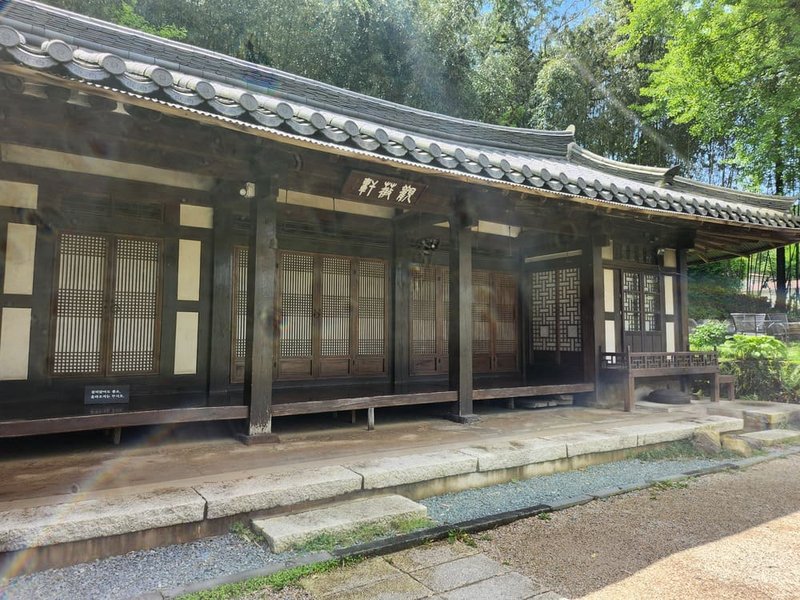

After bidding goodbye to the picturesque forest, we hopped in the car and headed over to lunch at Cheolma Yeonbap (철마연밥).
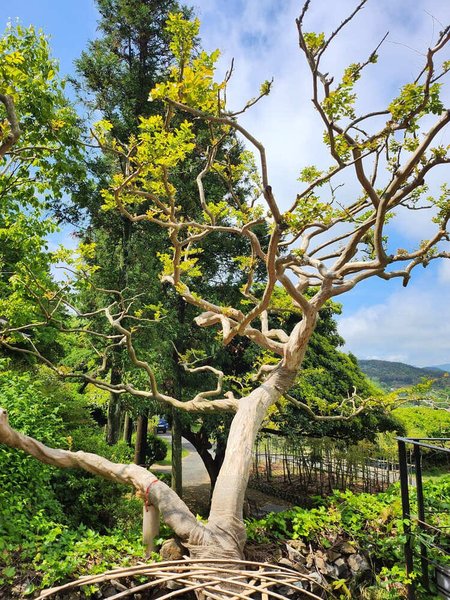
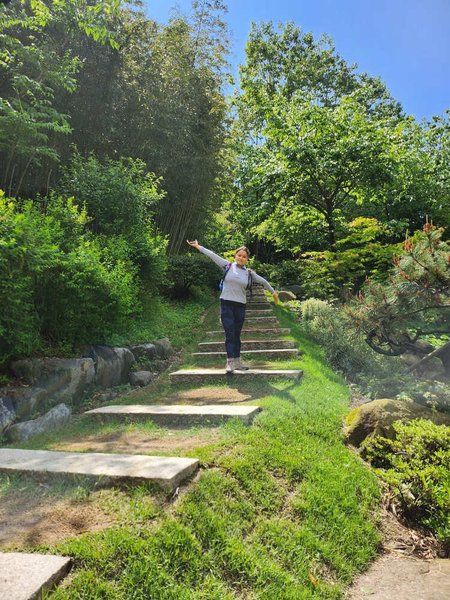
General Information
Operating hours:
09:00-18:00 (last entry 17:00)
Admission fees:
5000-8000 won (includes parking)
